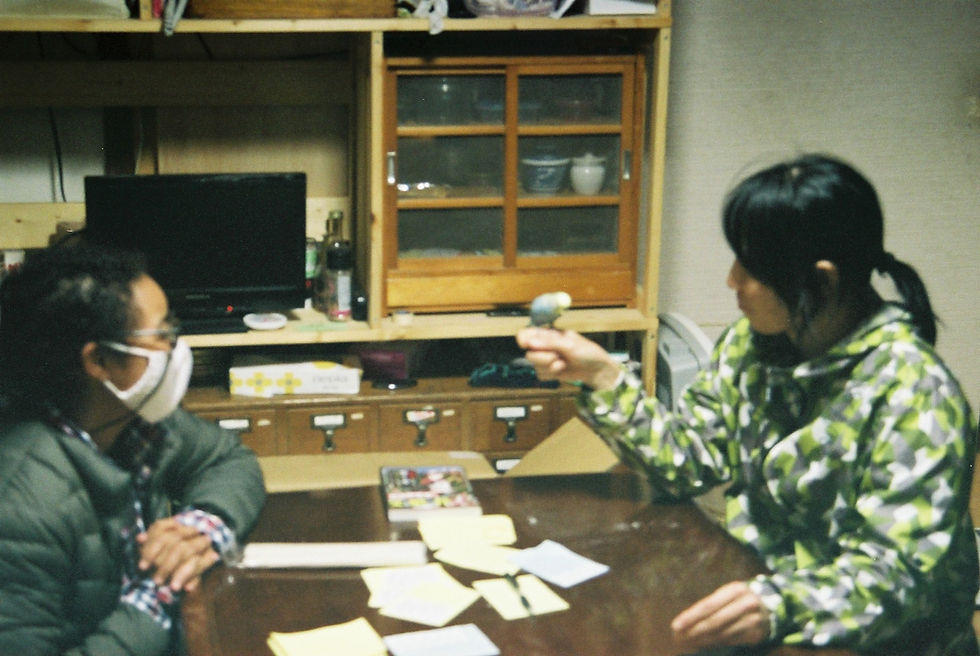A COMPOSTING TOILET in the ‘glocal’ Beppu Global Garden
- Beppu Global Garden

- Jul 13, 2019
- 2 min read
Updated: Dec 11, 2020
Beppu, Oita, Japan
Tue July 12, 2019
By Olivia
On a beautiful Sunday June 16th, a workshop was held for people who are interested in building a ‘composting toilet’. The instructor was Sohei Iwata; he used to work for a global electrical appliances company but now has moved to Bungo Taketa eco-village and is living a off-grid (living in a self-sufficient manner) lifestyle. Now he designs and builds ‘sustainable products’, which can be used in a normal daily life. The composting toilet is one among such sustainable products. This item happens to be very relevant for the Beppu Global Garden project, where APU students grow vegetables sustainably, so we have invited Mr. Sohei to Beppu to hold the workshop.
Composting toilet or dry toilet reflects vividly the term ‘off-grid’. This toilet treats human excrement using a very different system compared to a normal flush toilet. Instead of using water and flushing, composting toilet does exactly what it is called, composting. Excrement is treated in a biological process with the help of micro-organism, including bacteria and fungi. After the process, treated body waste can be used as fertilizer to enrich the farming soil.
During the workshop, we learn how to construct the composting toilet using unbelievably common objects that you can find at almost any store in Beppu. Also, the construction process itself is actually rather simple. One very interesting feature of this composting toilet is how well all the different components fit together. If there is anyway to put it, I’d say building a composting toilet is absolutely similar to building a lego house.
📷
The toilet’s main components include a toilet seat, a medium size container (RV400) to store excrement, and a 5L tank connected with a funnel (diameter 18cm) to store urine separately. There is also a wooden stand (45cm) to support the toilet seat. A stir rod is attached with the container. It is used to mix excrement with rice husks or sawdust. The purpose of stirring the mixture of excrement with rice husks/ sawdust is to keep the air flowing into the container. This creates an environment where the microorganisms can break down the excrement easily. The container will need to be changed every 1-2 months, however the composting process needs to wait longer than that, around 6 months or more, until the excrement can be used as fertilizer. Despite that, the composting toilet is still ‘an investment’ and a convenience for Beppu Global Garden where water or flush system is lacking.
The workshop was worth the time as we learned to build something new. Moreover, the workshop leaves the participants with many questions, which I believe are the key to creativity and innovation. This is why we are all looking forward to events like this and share it to everybody else. A composting toilet itself is a product of creativity, and who knows what kind of innovation it could inspire in the folks at Beppu Global Garden.

















Comments